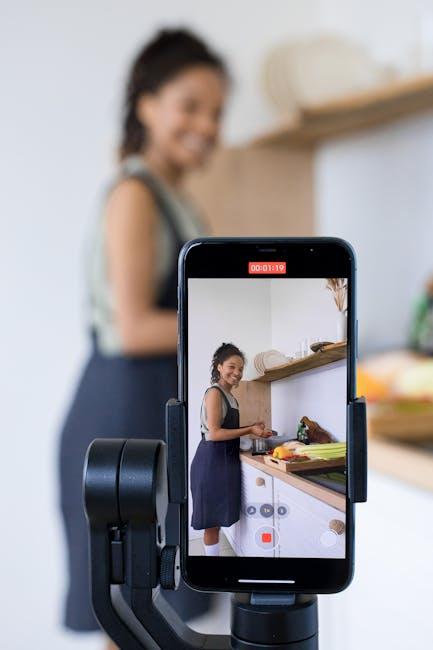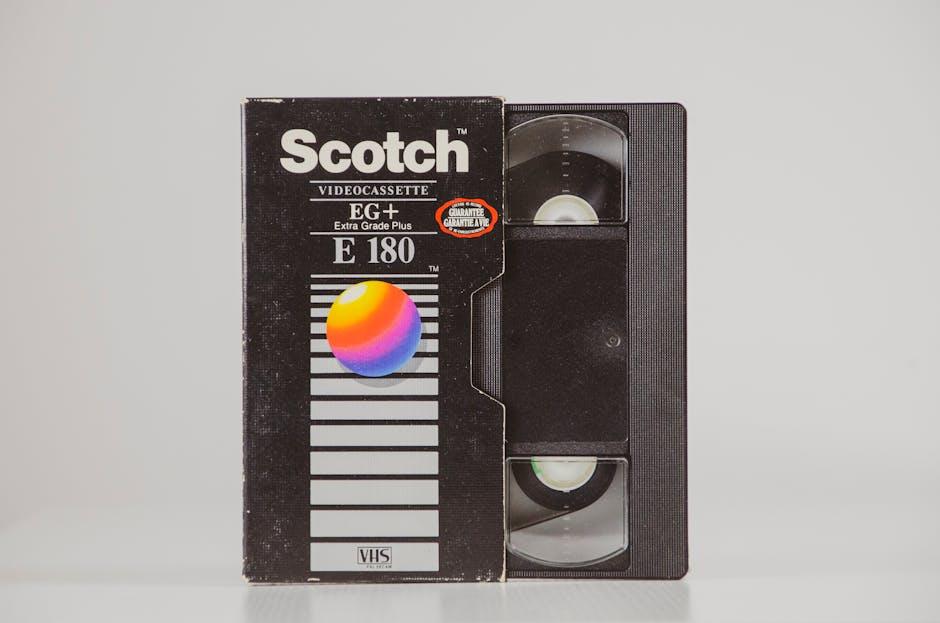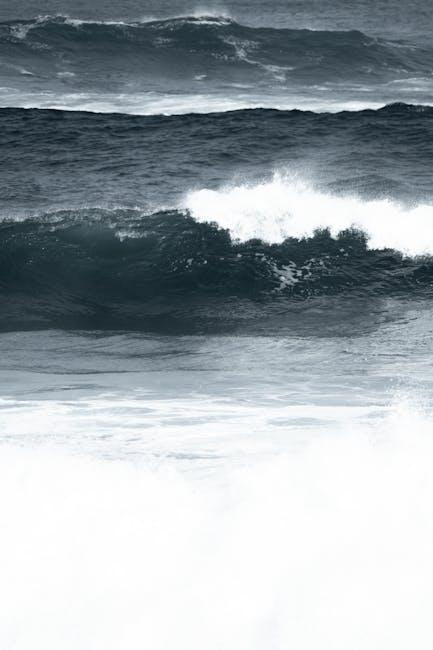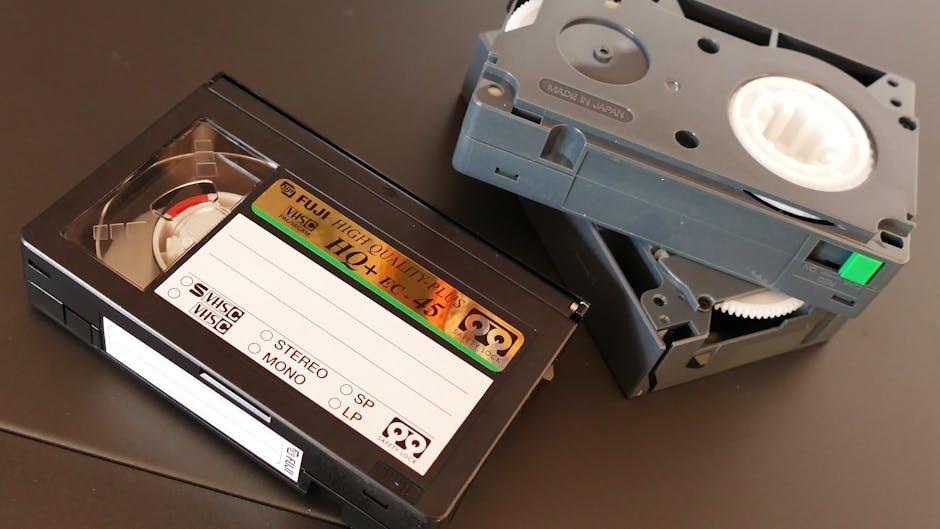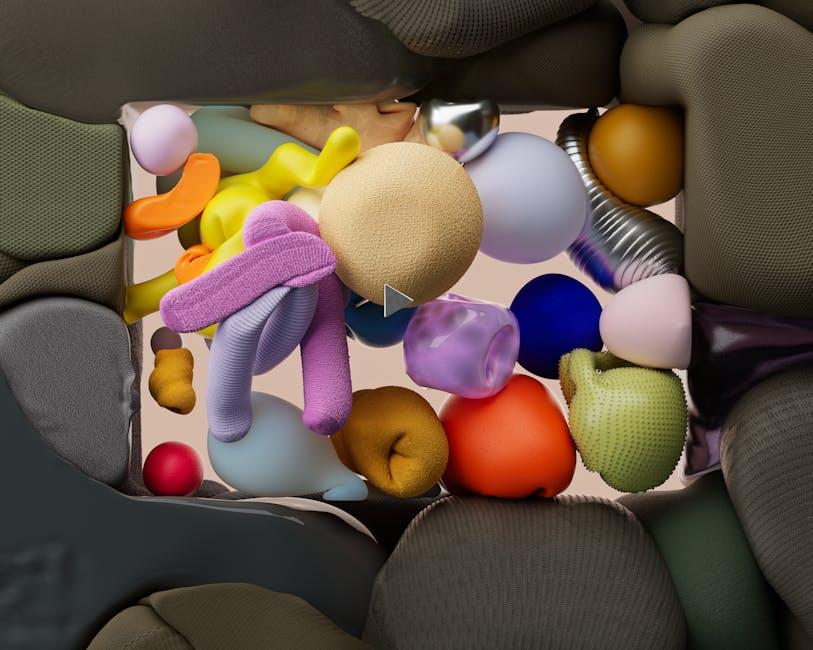Ever find yourself puzzled about why some YouTube videos seem to stretch across your screen while others don’t? It’s a bit like trying to remember if you left the oven on or not—annoying and nagging, right? YouTube has a knack for making our viewing experience sleek and visually engaging, but what’s the deal with video formats? In this article, we’re diving headfirst into the world of video aspect ratios. Does YouTube stick to the standard 16:9 format for every single video, or does it play around with other dimensions? Let’s unpack the intricacies behind those frames, exploring what makes some videos fit perfectly while others feel like an awkward puzzle piece. Grab your popcorn; it’s time to explore!
Exploring the Evolution of Video Formats on YouTube

Over the years, video formats on YouTube have experienced a remarkable transformation that reflects technological advancements and changing viewer preferences. While a significant portion of the content defaults to the 16:9 aspect ratio—almost like the standard uniform for the virtual landscape—creators have also embraced other dimensions. Think of it as a canvas; just like artists choose different sizes to express their creativity, YouTube allows for various formats, including 1:1 for square videos or 9:16 for vertical content. This adaptability not only caters to different devices but enhances the overall user experience, turning the viewing process into a personalized journey.
Moreover, these shifts aren’t just about aesthetics; they also play into platform trends, pushing creators to think outside the box. For instance, vertical formats have taken off with the rise of mobile viewing, catering to the on-the-go audience who favors scrolling over clicking. Other than that, YouTube’s algorithm often promotes videos that adhere to popular formats, sparking a cycle where creators might feel pressure to conform. Here’s a quick look at some prevalent formats:
| Aspect Ratio | Common Use | Viewing Experience |
|---|---|---|
| 16:9 | Standard videos | Widescreen, cinematic |
| 1:1 | Social media posts | Uniform on platforms |
| 9:16 | Stories/reels | Optimized for mobile |
Why 16:9 Became the Go-To Ratio for Video Creators

When it comes to video creation, the 16:9 aspect ratio has become the beloved standard for a multitude of reasons. For starters, it offers a wide field of view, making it perfect for capturing expansive landscapes and detailed action scenes. Imagine watching your favorite movie or a stunning travel vlog; the 16:9 format embraces your screen, immersing you in the experience. This ratio aligns well with the dimensions of most modern screens, from smartphones to TVs, ensuring that what you create looks crisp and polished. It’s no wonder video creators gravitate toward it as their primary format!
Moreover, 16:9 creates an emotional connection. Think about it—how many times have you felt that thrill during a climactic scene perfectly framed in this ratio? It’s like having a front-row seat to the action! Not only does it enhance visual storytelling, but it also simplifies the editing process. By establishing a standard, creators can focus on their craft instead of juggling various formats. Here’s a quick breakdown of the benefits of 16:9:
- Compatibility: Fits most devices.
- Visual Impact: Dramatic and engaging frames.
- Ease of Editing: Streamlined workflow for creators.
- Widespread Acceptance: Universally recognized in the industry.
Navigating Format Flexibility: What Works Best for Your Content

When you’re diving into video creation for YouTube, it’s essential to wrap your head around the different formats available. While 16:9 is the gold standard for most content, the platform surprisingly accommodates various aspect ratios. Whether you’re channeling your inner filmmaker with cinematic widescreen or going old-school with a 4:3 ratio, keeping a flexible approach can boost viewer engagement. After all, who doesn’t love a little variety? Think of it as seasoning your content; too much of one flavor can be overwhelming, but a dash of something unexpected can elevate your dish!
Embracing format flexibility can also improve accessibility. With short vertical videos skyrocketing in popularity, especially on mobile devices, adapting your format can capture a whole new audience. As creators, we’ve got to ask ourselves the important questions: what does our target demographic prefer? How do we want to convey our message? A quick check on preferences can guide your decisions—and even spark some fresh inspiration! Below is a simple table you can reference to understand aspect ratios and their best use cases.
| Aspect Ratio | Best For |
|---|---|
| 16:9 | Standard YouTube videos, gaming streams |
| 4:3 | Classic content, retro vibes |
| 1:1 | Social media integration, teasers |
| 9:16 | Shorts, mobile-first viewing |
Tips for Optimizing Your Videos Beyond the Standard Format
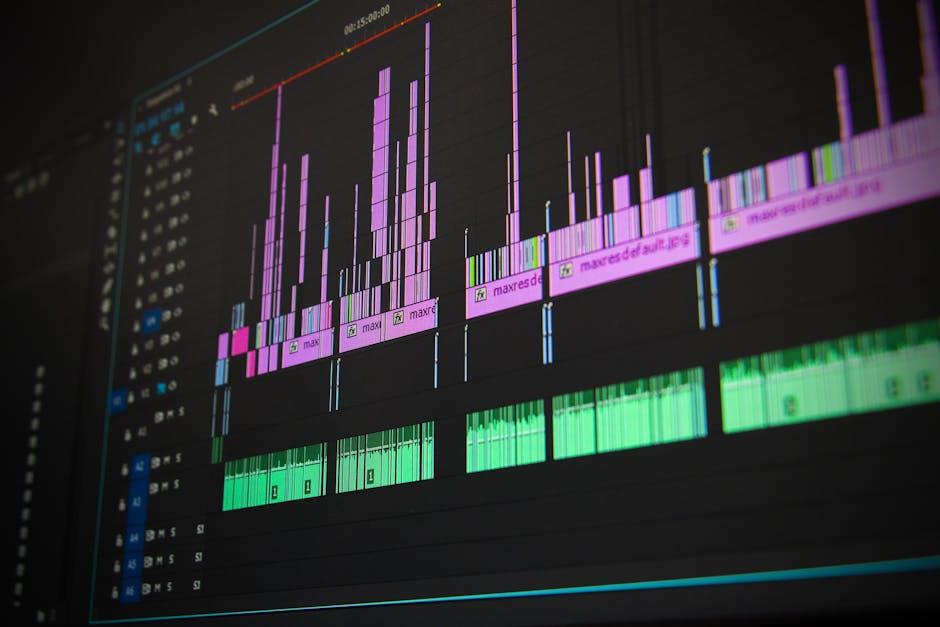
Video optimization goes way beyond just slapping a 16:9 frame on your content. Think of it as not just dressing your video, but giving it a full makeover that makes it stand out in a crowd. Start by focusing on ensuring high-resolution quality. If you’re uploading in 1080p or higher, you’re setting the stage for a better viewer experience. Additionally, don’t underestimate the power of engaging thumbnails. A well-designed thumbnail is like a movie poster; it should tell a story and spark curiosity. You can also play around with different aspect ratios for social media platforms, such as vertical for Instagram stories, but remember to keep your main content in mind!
Another practical tip? Take advantage of keywords and tags to improve discoverability. Just like in a search engine, using relevant tags can help your videos pop up in searches. Think about your audience: what are they typing in? Be relatable! Create a compelling description that not only includes keywords but also a call to action to keep them engaged. Lastly, don’t overlook the importance of captivating intros and outros. These bookends can guide your viewers’ journey, and if you hook them early on with a gripping intro, they’re more likely to stick around for the entire ride!
Final Thoughts
So, there you have it! YouTube may have its go-to format, but that doesn’t mean it’s a one-size-fits-all deal. From the classic 16:9 to the quirky world of vertical and square videos, the platform embraces diverse content formats like a warm embrace on a chilly day. Whether you’re a budding creator trying to figure out the perfect dimensions or just a casual viewer curious about why that video looks a bit off, it’s all about adapting to what works best for your audience. Keep experimenting, keep posting, and remember: your content is your canvas, so don’t be afraid to play with the dimensions and colors. Dive into that vast ocean of creativity, and who knows—your next video might just be the one that breaks the mold! Happy creating!

